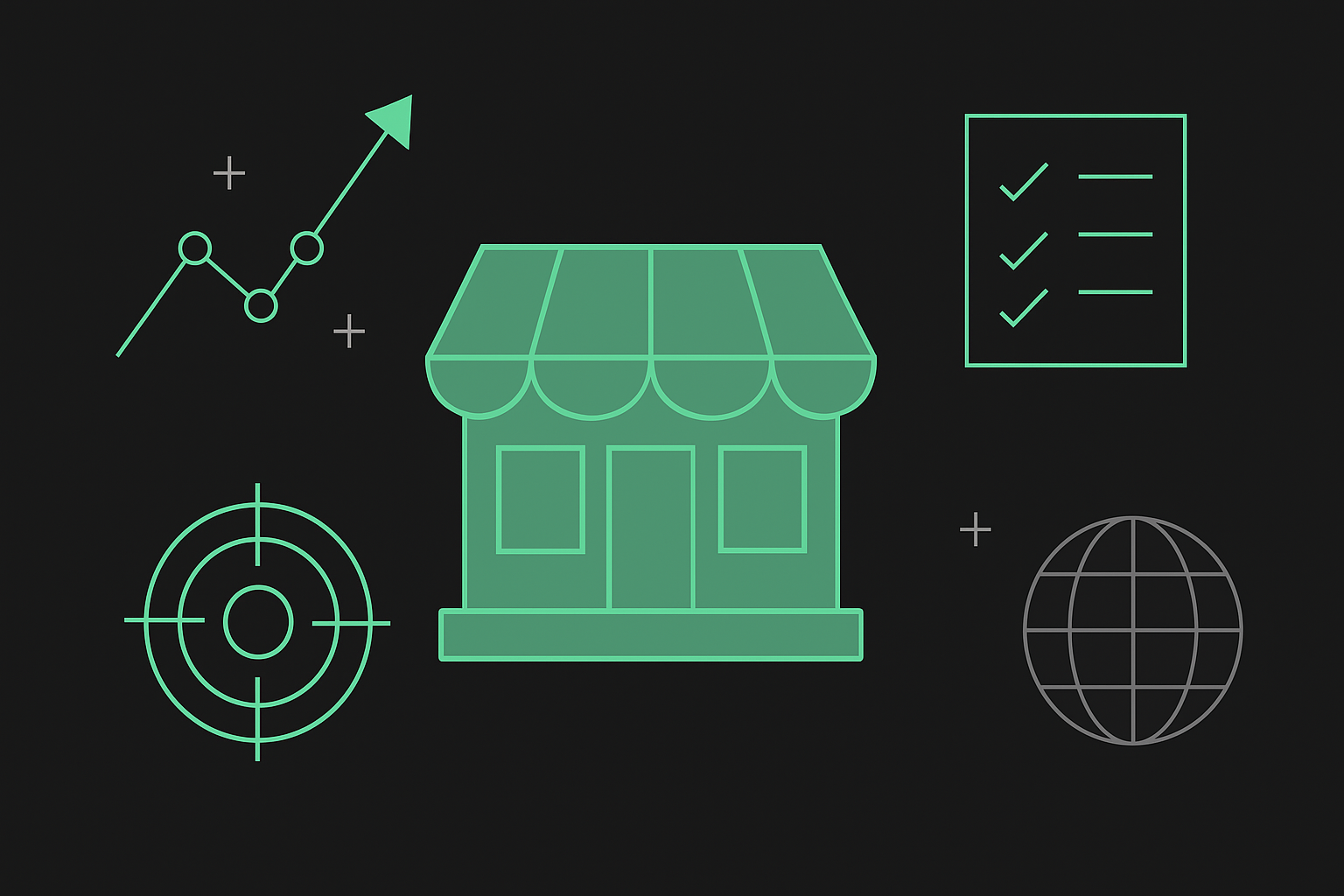How to Effectively Communicate Directly with a B2B Audience
Today’s fast-paced business environment has created a necessity for businesses to cut through the noise and make a meaningful connection with their target audience.
Business-to-Business (B2B) advertising, in particular, has evolved significantly, shifting from traditional mass marketing to personalized, targeted communication. However, the key to creating successful B2B advertising campaigns lies in speaking directly to your audience, building trust, and fostering long-lasting relationships. This article will provide insights on how to leverage effective communication when advertising to a B2B audience, highlighting the importance of maintaining a direct communication approach in B2B advertising.
Why Direct Communication is Essential for B2B Marketing
By engaging in direct interactions, B2B marketers can connect with their target audience on a deeper level and drive successful outcomes in the business-to-business environment. Here are some of the benefits of direct communication for B2B marketing;
Building Trust and Credibility
The foundation of any successful B2B relationship is trust. When businesses communicate directly with their audience, they create a sense of transparency and authenticity. This personalized approach enables businesses to relate better to their target audience's needs, challenges, and expectations. Consequently, this fosters credibility and trust, leading to increased brand loyalty and long-term business relationships.
Enhancing Message Clarity
Direct communication in B2B advertising helps to ensure that the intended message is clear and concise. By addressing your audience's specific needs and interests, you minimize the risk of miscommunication and ensure that your marketing message hits the mark. This targeted approach not only helps to improve the efficiency of your advertising efforts but also leads to a better return on investment (ROI).
Facilitating Emotional Connections
Emotions play a vital role in the decision-making process, even in B2B advertising. Speaking directly to your audience allows you to tap into these emotions, creating a more impactful and memorable connection. By understanding the needs, pain points, and aspirations of your audience, you can tailor your message to resonate with them on a deeper level. This emotional connection can be a powerful driver in influencing decision-making and nurturing long-lasting business relationships.
Streamlining the Sales Funnel
A targeted and direct approach helps to streamline the sales funnel. By addressing the specific needs of your audience, you can provide tailored solutions that meet their requirements. This, in turn, reduces the time and effort spent on lead nurturing and shortens the sales cycle. Additionally, direct communication can help identify potential gaps in your product or service offerings, allowing you to refine and improve your overall strategy.
Staying Ahead of the Competition
Direct communication with your audience enables you to understand their expectations, preferences, and feedback in real-time. Through access to your audience pain points, you can better adapt your marketing strategy, refine your product or service offerings, and ultimately position your brand as a trusted industry leader.
Leveraging Direct Communication for B2B Advertising
Direct communication in B2B advertising helps businesses create personalized experiences, establish credibility, and build long-term relationships. Through various channels and techniques, businesses can effectively engage with decision-makers, understand their needs, and position themselves as trusted partners in solving their challenges. Here are some of the best ways businesses can effectively implement direct communication in B2B advertising;
Personalized Emails
Through personalized email campaigns, you can directly reach out to decision-makers within your target businesses. Tailoring the content of these emails to address specific pain points, industry challenges, or business needs, can help demonstrate your understanding of their needs while offering targeted solutions. Personalization, combined with compelling messaging and a clear call-to-action, increases the chances of engaging recipients and initiating further communication or conversions.
Phone Calls and Follow-ups
In some cases, a direct phone call provides an opportunity to have one-on-one conversations with potential clients. Following up on leads generated through other marketing channels also allows for deeper engagement and personalized communication. By following up on leads, businesses can better build rapport and establish trust, which are crucial in B2B relationships.
Webinars and Virtual Events
Webinars and virtual events allow B2B companies to engage directly with their target audience. These platforms provide an avenue for sharing industry insights, thought leadership, and educational content. Through live Q&A sessions, chat features, or post-event follow-ups, businesses can have direct interactions with attendees, addressing their queries, nurturing leads, and building relationships. Webinars and virtual events provide a more interactive and personalized approach to networking with potential clients.
In-person Meetings and Sales Presentations
Face-to-face meetings and sales presentations remain powerful tools in B2B advertising, especially for complex or high-value products and services. These interactions allow for in-depth discussions, demonstrations, and establishing professional connections. Businesses can better understand the needs of potential clients and effectively convey their value propositions to build trust.
As a B2B company, Outliant constantly provides tips on how to better reach your audience and optimize your marketing. Read more articles here to enhance your marketing tactics or book a demo with our experts for a one on one consultation.










